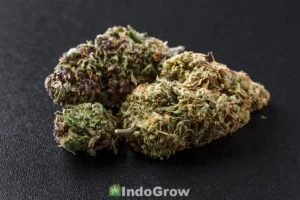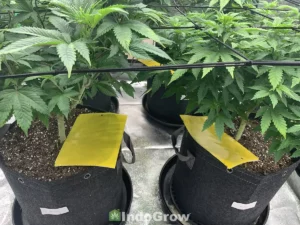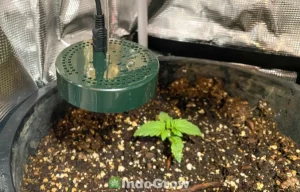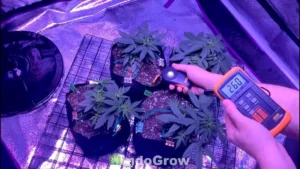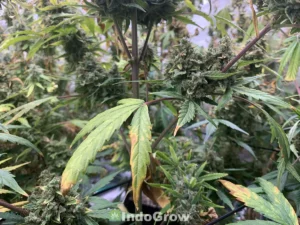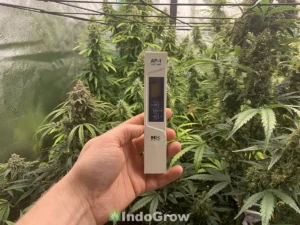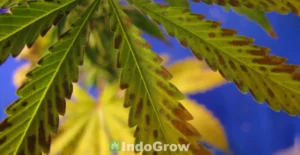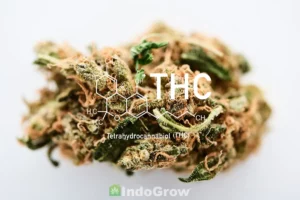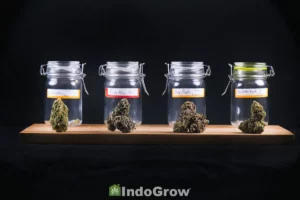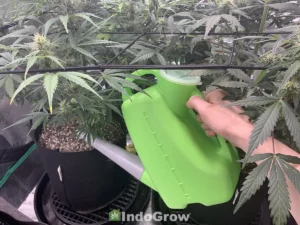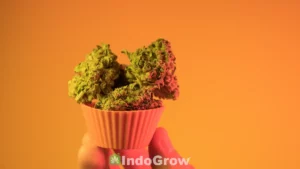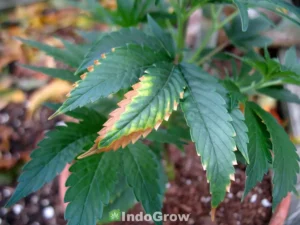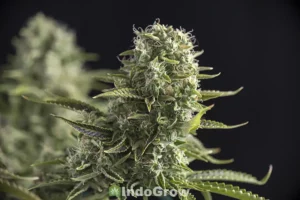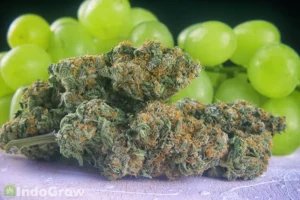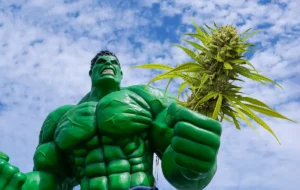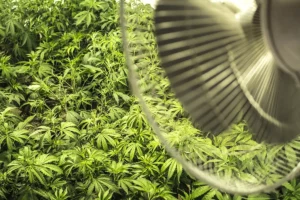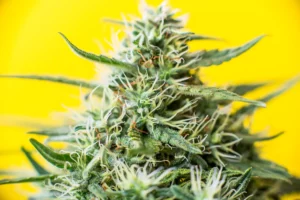Choosing the best pot size for weed is essential in maximizing the yield and quality of your harvest. Autoflowers and photoperiods have different needs regarding pot size, so it’s important to know which type of plant you’re growing before choosing a pot.
In this article, we will discuss the best size pot for growing weed and the best type of pot for autoflowers and photoperiods. By the end of this article, you should have a better understanding of the best way to grow your weed. Whether a beginner grower or a seasoned pro, this information will help you get the most out of your plants.
How to Choose the Best Pot Size for Weed?
When it comes to choosing the best pot size for your weed, it depends on what type of weed you’re growing. Autoflowers typically only need one pot since there is no transplanting, while photoperiods need a minimum of 2 pots for transplanting.
If you are growing autoflowers, you must choose a smaller pot size. Autoflowers tend to be smaller with a smaller root system and do not need as much space as photoperiod plants do. On the other hand, photoperiod plants need a larger pot size since they grow much larger and have a larger root system. As a general rule of thumb, you should choose a pot about twice the size of the root ball of the plants you’re growing.
With autoflowers and photoperiods, you can grow a few large or several smaller plants, but the grow area and grow technique will determine the final yields. For example, if you such as SCROG, plants will be larger, so you need to grow fewer plants. For a 4×4 grow tent, we recommend 6 autoflowers or 4 photoperiod (feminized) plants.
What Size Pot for Autoflowers?
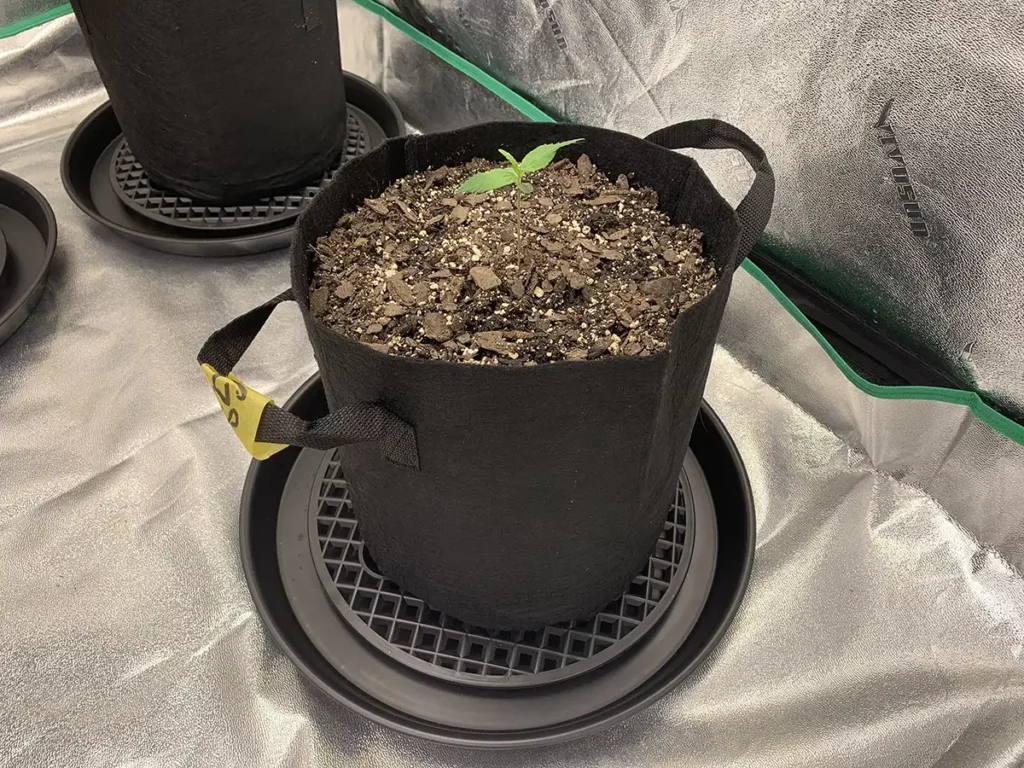
Autoflowers do not need transplanting, so growers should plant them directly in the finishing pot after germination. The short vegetative stage for autos doesn’t allow much time to recover from transplanting so it can negatively affect growth.
Seeds can be germinated via the paper towel method, a seed starter tray, or directly in the soil. The paper towel method is most popular. After the tap root shows, plant the seed directly in it’s final container.
We recommend using either a 3 gallon or 5 gallon pot for growing autoflowers. Generally, any container smaller than this can negatively impact the final yield. Extreme cases can result in the plant becoming root bound.
When using 3 gallon pots, you can comfortably fit 6-9 pots in a 4×4 tent. We recommend using 6 pots and practicing low stress training to fill the canopy. A full canopy is critical for maximum yields. For 5 gallon pots, 4-5 pots can easily fit in a 4×4 tent.
Most auto strains grown indoors will never need a pot larger than 3 gallons. Roots grow vigorously during the vegetative stage, but not so much during the flowering stage when the plant is focused on bud growth. Autos have a very short vegetative period, typically only 3-4 weeks, so root growth is limited.
With that said, many growers, including myself, still use 5 gallon pots even for autos. I grow both autos and photos and since photos need at least 5 gallons, I just use the same pots for both. This allows me to follow similar watering routines no matter what I’m growing.
The increase in plant size and yield is minimal with 3 vs 5 gallons pots so I’m not sure it’s worth the extra soil cost, however.
What Size Pot for Photoperiods or Feminized Strains?
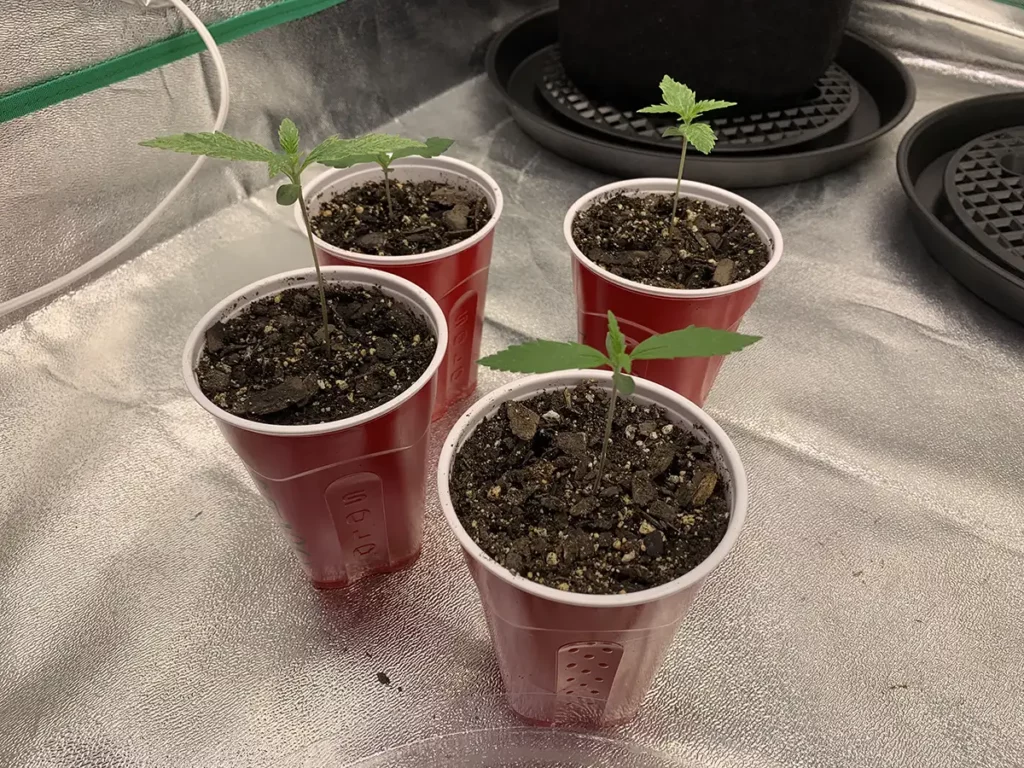
Photoperiods must be transplanted at least once before the flowering stage. The extended vegetative stage for photoperiods gives them plenty of time to recover from transplanting. We recommended using the soaking method or paper towel method for germination and then planting in a solo cup or similar sized container. After 2-3 weeks, transplant from the solo cup to either a temporary 1-2 gallon pot or directly to the final 5 gallon pot.
If you transplanted from solo cup to a 1-2 gallon pot, then you will need to transplant again after 3-4 weeks to the final 5 gallon pot. Ensure you transplant at least 2 weeks before switching to flowering. The transplanting phase is a very stressful period for the plant; the plant requires adequate time to recover before transitioning to the flowering stage.
Transplanting is important because starting in a smaller pot helps with root ball formation, producing bigger yields. It is also easier to avoid overwatering in a small pot than in a larger pot.
We recommend low stress training, which will make plants larger and produce bigger yields. Start with topping and proceed to SCROG (screen of green) training when the plant reaches approximately 12 inches in height.
It is advisable to add screen/trellis netting immediately after transplanting to 5 gallon pots. Photos grown indoors should never need a pot larger than 5 gallons.
Why Pot Size is So Important?
The roots of your cannabis plants need room to grow and spread out. If they are confined to a small pot, they will become root bound and will not be able to absorb all the nutrients and water they need. This can lead to stunted growth, reduced yields, and poor plant health. Root bound plants can also lead to poor drainage, which can cause fungal growth, root rot, and other problems and make the plants susceptible to pests and diseases.
Proper pot size helps prevent overwatering, one of the most common issues for cannabis growers. If the plant is too small for the container, the roots will not be able to absorb the extra water, which leads to the soil staying wet for too long.
This can limit the amount of oxygen the roots are receiving and create an ideal environment for mold and pests.
Best Pots for Growing Cannabis
Fabric pots offer unparalleled advantages for cultivating cannabis. Crafted from a breathable blend of polypropylene, polyester, and cotton, these pots excel in promoting optimal growth conditions.
Fabric bags are cheap, and you can either reuse them after thorough washing or discard them after use. They dry pretty fast when washed.
Cannabis plants need proper drainage to avoid root rot and other problems associated with waterlogged soil. The plant roots start to rot and can no longer get oxygen and the necessary nutrients. The plant will eventually die. Proper drainage is essential to prevent root rot.
When the roots reach the pot’s sides, they are caught by the porous fabric and trimmed naturally by the air outside. This “air-pruning” encourages root growth and keeps plants from getting root bound. Air pruning additionally increases the yield. Adding perlite to the soil or bottom of the container will help with drainage and aeration even more.
Summary
Choosing the best pot size for weed can have a huge impact on your harvest. For autoflowers, choose either a 3 gallon or 5 gallon pot. For photoperiods, go with a 5 gallon pot.
If you choose a container that is too small for your plant, it can become root bound, leading to nutrient deprivation and limited development. On the other hand, choosing a too large container can result in root rot and overwatering issues.
Fabric pots are best for growing cannabis for several reasons. In addition to providing excellent drainage and airflow, they “air prune” roots as they reach the end of the container, which provides higher yields.

Rocky Horton
Author
Rocky Horton is an experienced cannabis grower and the founder of IndoGrow. The IndoGrow editorial team has over four decades of combined growing experience. Learn more.


